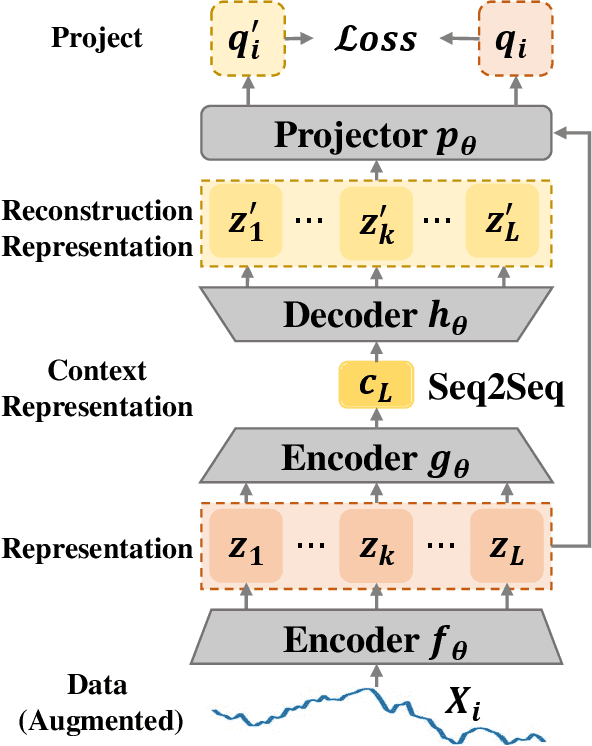Pin Liu
FRAD: Front-Running Attacks Detection on Ethereum using Ternary Classification Model
Nov 24, 2023



Abstract:With the evolution of blockchain technology, the issue of transaction security, particularly on platforms like Ethereum, has become increasingly critical. Front-running attacks, a unique form of security threat, pose significant challenges to the integrity of blockchain transactions. In these attack scenarios, malicious actors monitor other users' transaction activities, then strategically submit their own transactions with higher fees. This ensures their transactions are executed before the monitored transactions are included in the block. The primary objective of this paper is to delve into a comprehensive classification of transactions associated with front-running attacks, which aims to equip developers with specific strategies to counter each type of attack. To achieve this, we introduce a novel detection method named FRAD (Front-Running Attacks Detection on Ethereum using Ternary Classification Model). This method is specifically tailored for transactions within decentralized applications (DApps) on Ethereum, enabling accurate classification of front-running attacks involving transaction displacement, insertion, and suppression. Our experimental validation reveals that the Multilayer Perceptron (MLP) classifier offers the best performance in detecting front-running attacks, achieving an impressive accuracy rate of 84.59% and F1-score of 84.60%.
Deep Contrastive One-Class Time Series Anomaly Detection
Jul 04, 2022



Abstract:The accumulation of time series data and the absence of labels make time-series Anomaly Detection (AD) a self-supervised deep learning task. Single-assumption-based methods may only touch on a certain aspect of the whole normality, not sufficient to detect various anomalies. Among them, contrastive learning methods adopted for AD always choose negative pairs that are both normal to push away, which is objecting to AD tasks' purpose. Existing multi-assumption-based methods are usually two-staged, firstly applying a pre-training process whose target may differ from AD, so the performance is limited by the pre-trained representations. This paper proposes a deep Contrastive One-Class Anomaly detection method of time series (COCA), which combines the normality assumptions of contrastive learning and one-class classification. The key idea is to treat the representation and reconstructed representation as the positive pair of negative-samples-free contrastive learning, and we name it sequence contrast. Then we apply a contrastive one-class loss function composed of invariance and variance terms, the former optimizing loss of the two assumptions simultaneously, and the latter preventing hypersphere collapse. Extensive experiments conducted on four real-world time-series datasets show the superior performance of the proposed method achieves state-of-the-art. The code is publicly available at https://github.com/ruiking04/COCA.
 Add to Chrome
Add to Chrome Add to Firefox
Add to Firefox Add to Edge
Add to Edge